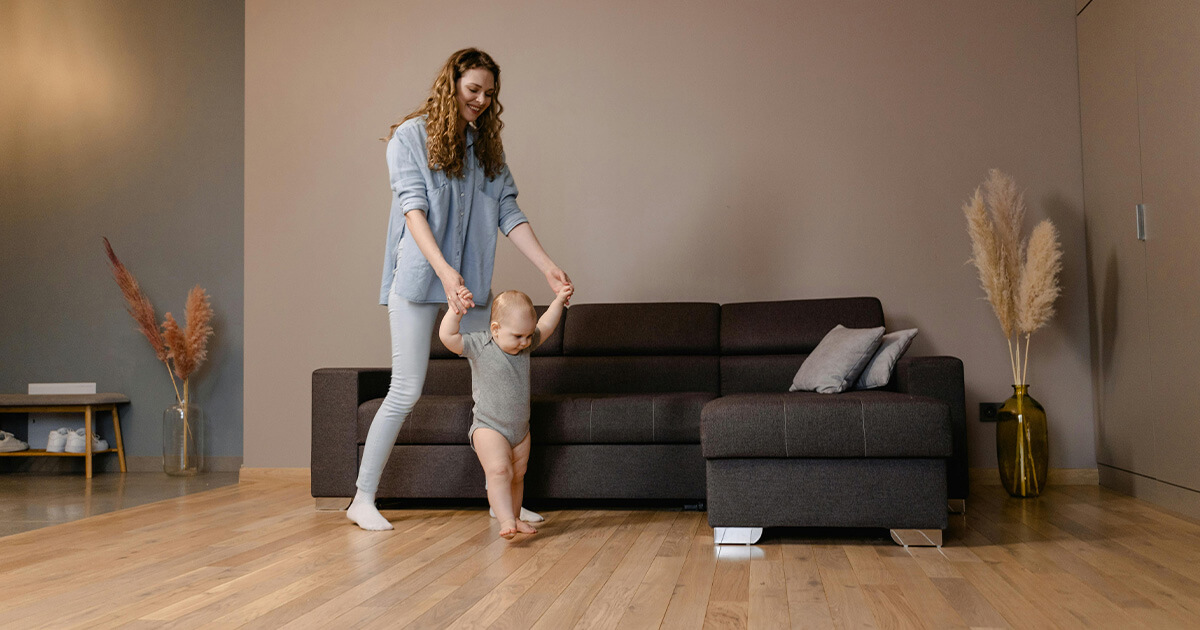Overtired vs Undertired Baby
The Golden Window of Baby Awake Time and Sleep
Understanding your baby’s awake time is crucial in ensuring they get the sleep they need. Striking the right balance between being an overtired vs undertired baby can make all the difference in their overall health and mood.
This comprehensive guide will walk you through everything you need to know about awake time for your little one.
Navigating the world of baby sleep can feel overwhelming, especially for new parents. One critical aspect that often gets overlooked is the concept of “awake time.” Recent studies have shown that understanding and managing your baby’s awake time can drastically improve their sleep quality and overall well-being.

In this post, we’ll explore the importance of awake time, its different stages, and how you can master this essential parenting skill.
Awake Time: What It Is and Why It Matters
Awake time is when your baby is awake between naps and nighttime sleep. It is crucial for their development and affects their ability to fall asleep easily. Properly managing this time can reduce fussiness and enhance sleep quality.
Different age groups have varying needs for awake time. For example, a newborn might manage only 45 minutes, while a toddler can stay awake for several hours.
Understanding these differences can help you craft a more effective sleep schedule for your little one.
Learn How To Establish Consistent Bedtime Routines for Kids!,
Overtired vs Undertired: The Fine Balance
Finding the perfect balance between being overtired and undertired is key. An overtired baby has been awake for too long and missed their “sleep window.” This can result in fussiness, crying, and difficulty falling asleep. Signs of an overtired baby include rubbing eyes, yawning, and crankiness.
On the other hand, an undertired baby hasn’t been awake long enough to build up the sleep pressure needed to fall asleep easily, which can also lead to sleep struggles.
Knowing the signs of both states can help you adjust your baby’s schedule to find that sweet spot.
The Golden Window: Timing Baby’s Sleep
The “golden window” is the ideal period when your baby is ready to sleep. This window varies by age but is generally when your baby shows early signs of tiredness without being overtired.
Catching this window can make putting your baby to sleep much easier.
Recognizing this window involves observing your baby’s cues and maintaining a consistent routine.
Adjusting routines to align with this window can lead to better sleep for both baby and parents.
Practical Strategies for Healthy Awake Time
Creating a conducive environment for sleep is essential for managing awake time. Ensure your baby’s sleep space is dark, quiet, and comfortable.
Use white noise machines if necessary to drown out background noise.
Establishing a consistent sleep routine can also be beneficial. This might include activities like a warm bath, reading a book, or singing a lullaby.
Consistency helps signal to your baby that it’s time to wind down and prepare for sleep.
Common Challenges and How to Overcome Them
Managing awake time isn’t always straightforward. Common challenges include nap transitions and sleep regressions.
Nap transitions occur when your baby moves from needing multiple naps a day to fewer naps.
This can disrupt their sleep schedule and make finding the right awake time balance challenging.
Sleep regressions are periods when your baby’s sleep patterns change, often due to developmental milestones.
During these times, maintaining a consistent routine and being flexible with adjustments can help manage the disruptions.
Expert Insights and Advice
We contacted paediatricians, sleep consultants, and experienced parents for their insights on awake time and baby sleep. Dr Jane Smith, a renowned paediatrician, emphasizes the importance of observing your baby’s cues and adjusting routines accordingly.
Sleep consultant Sarah Johnson suggests keeping a sleep journal to track your baby’s patterns and make necessary adjustments.
Experienced parents also share their stories. Emily, a mother of two, mentions how catching the golden window transformed her baby’s sleep routine. “It was a game-changer,” she says. “Once I understood my baby’s cues, bedtime became so much easier.”
Conclusion
Understanding and managing your baby’s awake time is crucial for their overall well-being and your sanity. By recognizing the signs of overtiredness and under tiredness, identifying the golden window, and implementing practical strategies, you can create a more harmonious sleep routine.
Remember, each baby is unique, so observing, learning, and adjusting are key to finding what works best for your little one.









